Autumn Whiteway (Night Singing Woman)
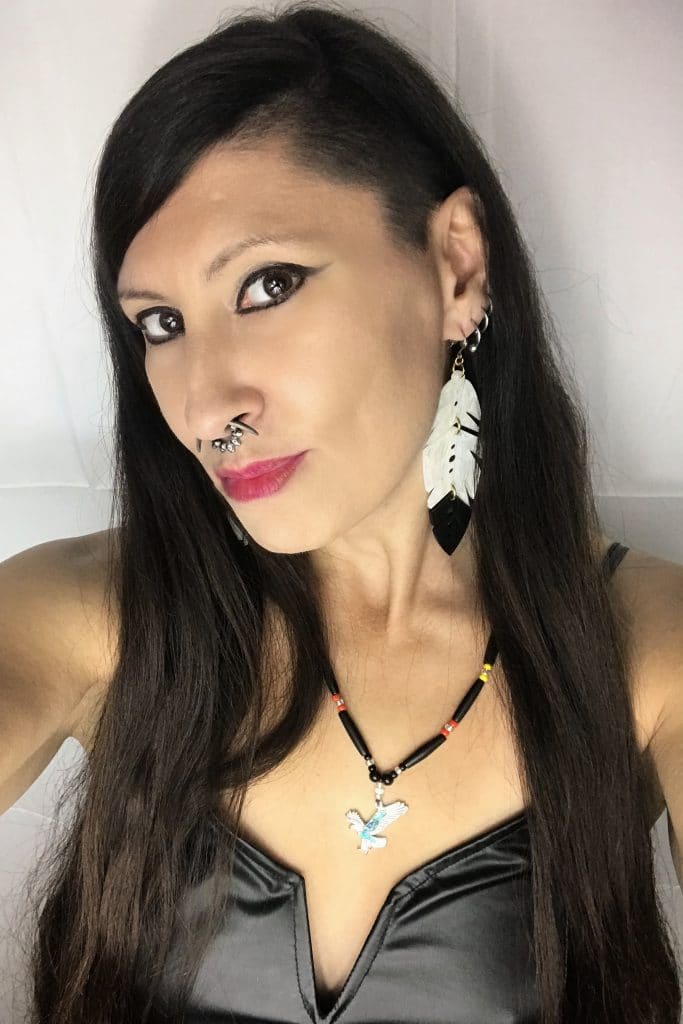
Autumn Whiteway (Night Singing Woman) is a Saulteaux/Métis visual artist, traditional craftworker, curator and archaeologist based in Calgary, Alberta. She explores Indigenous themes from a contemporary perspective through painting, digital art, and photography. Her painting and digital art is primarily focused on the heavily symbolic Woodland Style of Indigenous art, while her photographic practice is used as a form of activism to highlight Indigenous issues. Additionally, she makes traditional crafts such as fish scale artwork, spirit dolls, dreamcatchers and medicine bags. Her work has been exhibited at locations such as Arts Commons, cSpace King Edward, ATB Branch for Arts and Culture, and Calgary Public Library. Her curatorial work focuses on elevating the voices of Indigenous creatives through a series of Indigenous focused exhibitions. She holds an M.A. in Anthropology from the University of Manitoba (2017), a B.Sc. in Archaeology, and a B.A. in Greek and Roman Studies.
Adrienne Mason
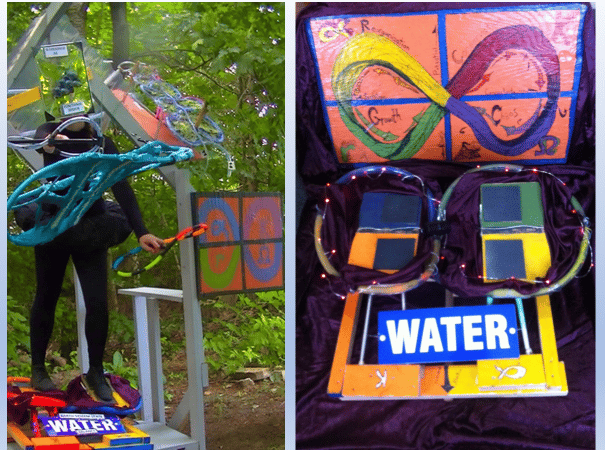
Adrienne Mason is an interdisciplinary artist that resides in Southampton, in the traditional territory of the Saugeen Ojibway Nation Saukiing Anishnaabekiing. Her art is a blend of environmental theory, kinetic sculpture and dance, meant to portray a message that: resiliency can be supported by increasing connectivity and capacity in socio-hydrological systems. The ecological art that she has produced involves an art object called a Holling’s Hydrology Loop, which is a figure 8 shape filled partially with water, produced at multiple scales. This art object symbolizes a resilient socio-hydrological system that is able to maintain a functional and dynamic equilibrium state even under changing external conditions. This interpretation of resiliency comes from Bernoulli’s Law which governs how water flows in a closed system and the Holling’s Loop which looks at how an organized system is affected by patterns of growth, conservation, chaos and reorganization. Holling’s loop suggests that as factors of connectivity and capacity in a system increase so does resiliency. In a socio-hydrological system resiliency could be increased by: increasing the capacity to store stormwater on the landscape to reduce flood and drought conditions; and increasing the connectivity of the floodplain to our rivers, but also to social and cultural practices. Research suggests that as smaller socio-hydrological systems become more resilient, they can help contribute resiliency to larger hydrological systems that in turn make up an Earth System State water balance. This Earth System state Water Balance is represented by the artist balancing on a kinetic sculpture and through interacting with smaller Holling’s Hydrology loops, as small watershed systems, she hopes to maintain resiliency rather than tipping into an unfavourable Earth System state.
Brian Burke (Heritage Works)
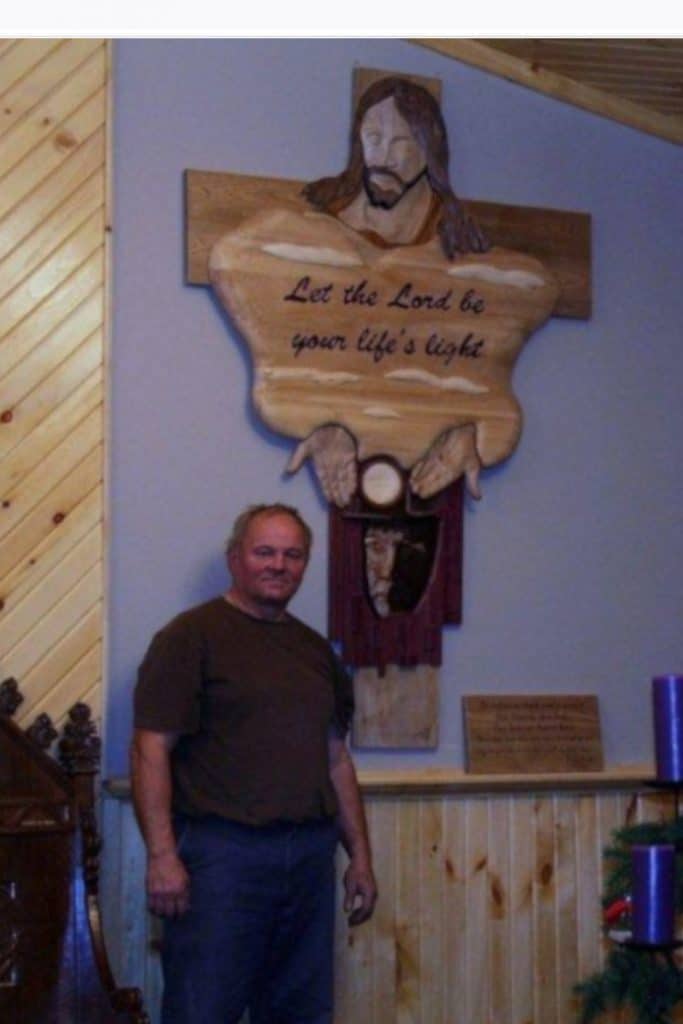
Bell Island artist, Brian Burke is a man who believes that necessity really is the mother of invention. When he needed a carving done and couldn’t afford to pay to get it done, he tried his hand at carving, and he was hooked. He has always seen waste and pollution as a condition of a spoiled society and would like to do all that he can to fix that. In the process he hopes to educate people on what they can do better. Through his artistic endeavours, Burke is taking post-consumer waste products like plastic, wood, cardboard, glass, and steel and turning them all into beautiful artworks. In his depiction of two drillers working in the former iron ore mines of his home of Bell Island, NL, Brian took over 1000 old plastic shopping bags, some pieces of 100 year old mine timber and created something wonderful with 40 kids from the Wabana Boys & Girls Club. He had the kids help him cut the bags and position the appropriate pieces in the appropriate positions and ended up with a fantastic mural that they gave away to the Newfoundland Club in Cambridge, Ontario in appreciation for helping numerous Bell Island groups since the mines closed in 1966.
Flora Aldridge
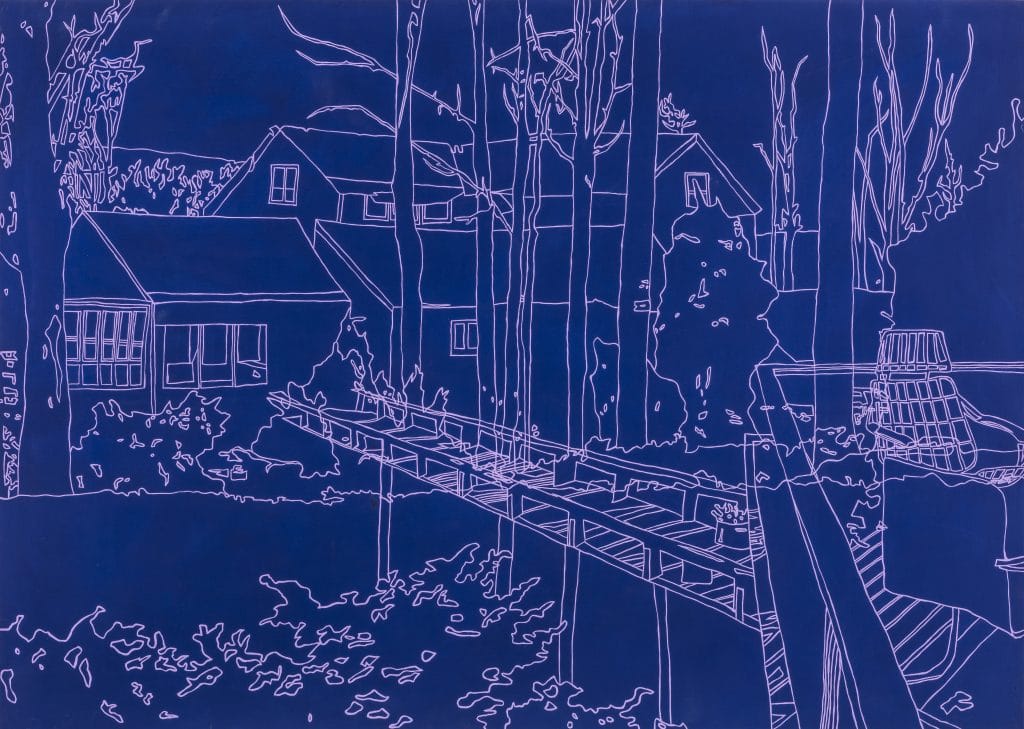
lora Aldridge is an artist and educator passionate about interdisciplinary approaches to climate justice. Flora hopes to deepen our connection to the natural more-than-human world through food exploration, art practice, and sustainable agriculture. Through her involvement in multiple community-lead projects and work as a facilitator within educational programs, Flora aims to build food and art communities centred around climate justice. She strongly believes in the role that food can play in building relationships between us and our environment.
Ayelen Liberona
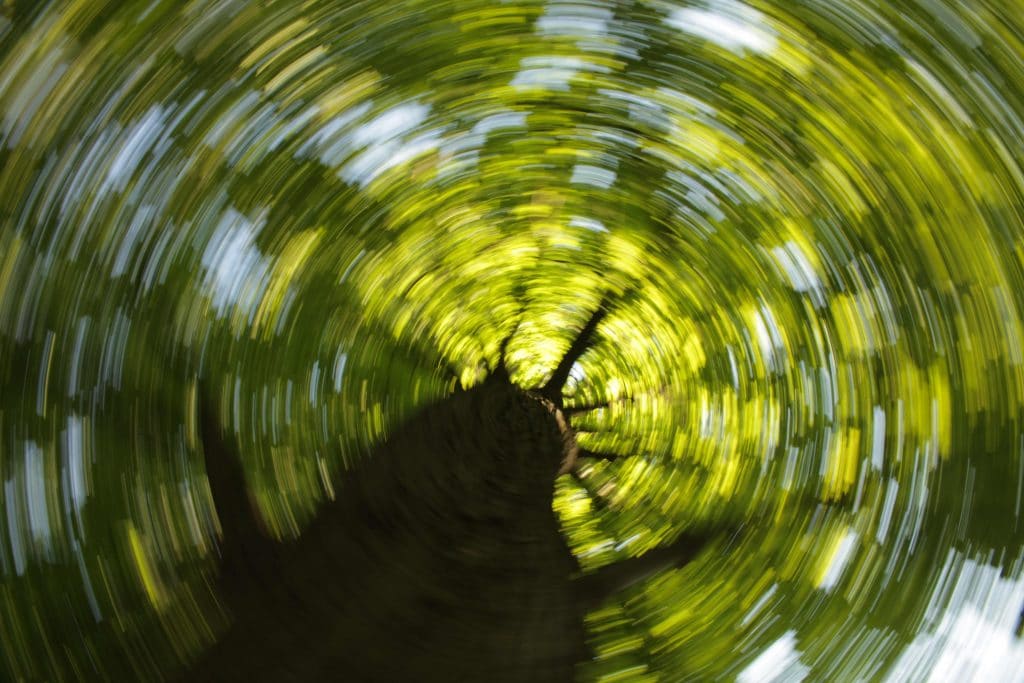
Born in Tkaronto (Toronto) to Chilean political refugees, Ayelen’s first language was dance which has matured through radical explorations of movement as powerful tools for change and transformation. A multifaceted dancer, filmmaker, activist and community weaver, her work in the world is to lead from the heart and articulate connection.
Kristin Singh
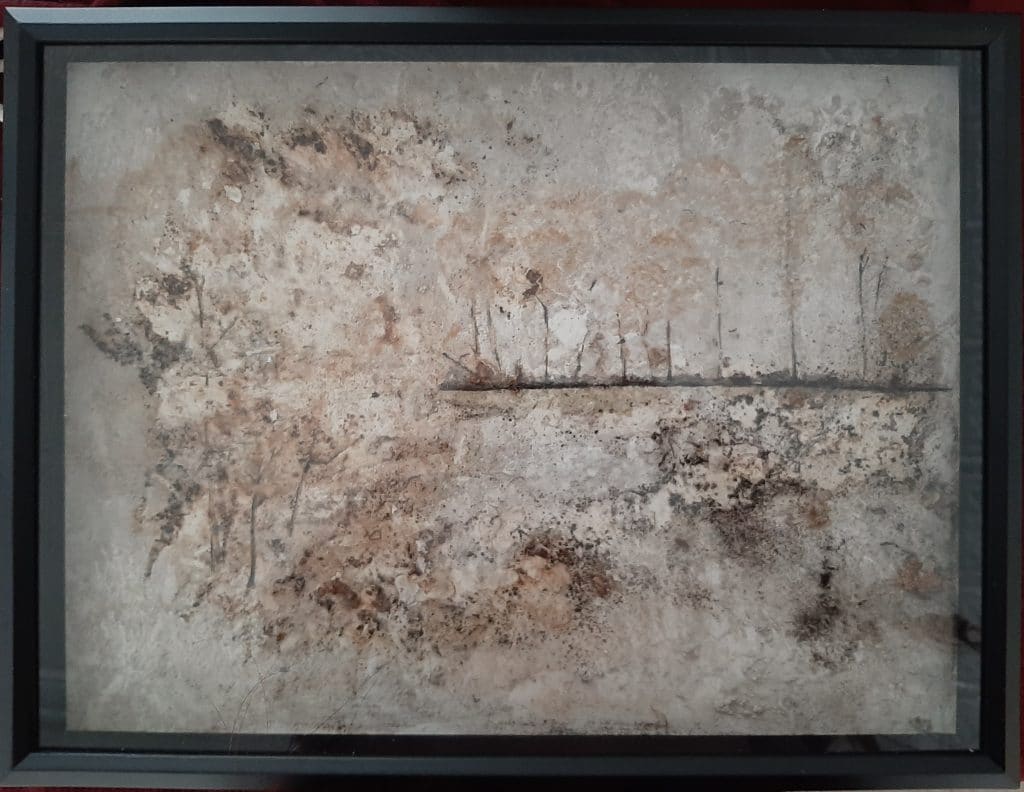
Kristin Gyrlevich Singh is a multidisciplinary community-engaged environmental artist and activist graciously living on the unceded and unsurrendered territories of the Wǝlastǝkewiyik/Wolastoqiyik (Maliseet), Mi’kmaq/Mi’kmaw and Peskotomuhkati. Her arts practice is dedicated to social change in the areas of environmental sustainability and gender equality. She is an emerging visual artist and poet as well as a song writer. Her aim is to foster an interconnected relationship between our waterways, our lands and our people and to inspire others to find harmony within themselves and the environment. Her belief that the message is more important than the medium has led to using all natural paints, dyes, fungi and bacteria to create biodegradable environmentally friendly art work. It is with these works that she hopes to convey that it is the ideas communicated in our art that foster change that must remain. Alongside this practice , Kristin has worked in the non-profit and public sectors as a board member, volunteer librarian, art therapy leader, gallery owner and manager. She opened Under the Tree Art Gallery in 2020 to give local artists a venue to showcase their work during the COVID-19 pandemic and to help engage the community with art and the environment.
Linnéa Rowlatt
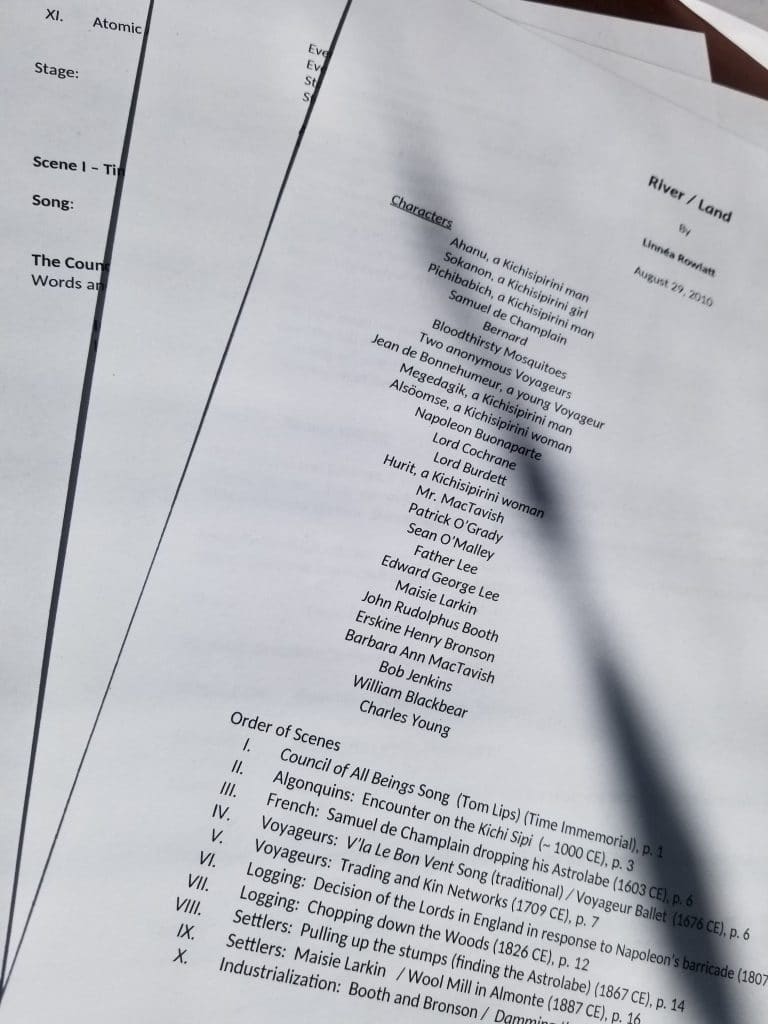
Linnéa Rowlatt is a playwright and historian living in Whitehorse on the traditional territories of the Kwanlin Dün First Nation and the Ta’an Kwäch’än Council. Trained as a climate historian and now beginning a climate fiction trilogy, she keenly aware of two things: that humanity is unlikely to go extinct in one Black Swan event and that our imagination is a central key to developing a way forward, individually and collectively.
Nicole Schafenacker
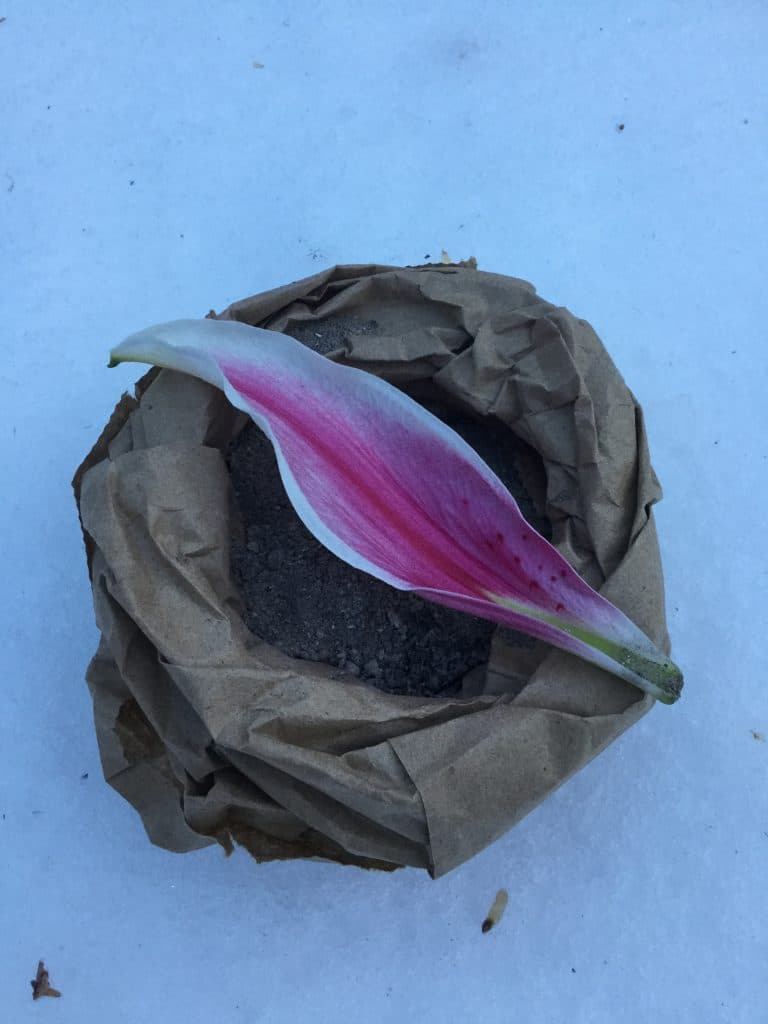
currently the artist in residence for the Yukon chapter of Canadian Parks and Wilderness Society (CPAWS).Nicole lives in Whitehorse on the traditional territory of the Kwanlin Dün First Nation and Ta’an Kwäch’än Council. She has shown work across Canada, the US and in Norway.
Acting for Climate Montreal
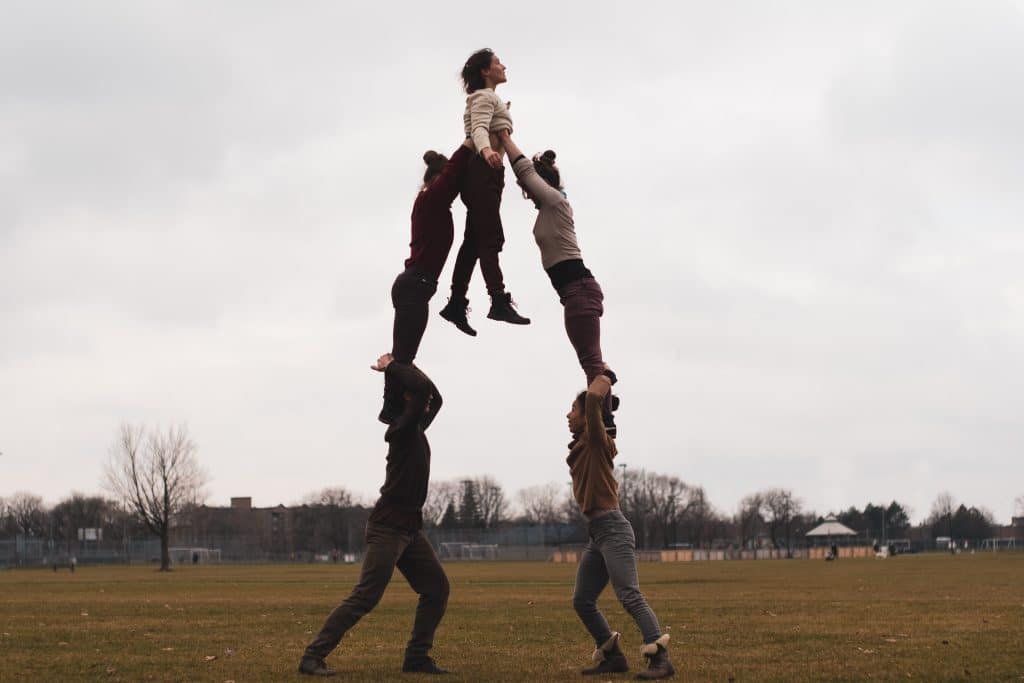
Acting for Climate Montréal’s mission is to work towards a more
sustainable future by combining performing arts and environmentalism.
To achieve this, the group reimagines the way their art is practiced to find concrete solutions to environmental challenges.
The River Clyde Pageant

The River Clyde Pageant envisions a world where sustained encounters between community, art and ecology spark transformation and wonder. Where creative, joyful disruptions arise through attention to people and place; where strong communities lead with generosity and are rooted in the land. Here, people discover their unlimited potential through collaborative creativity, and inclusive communities are learning and evolving our collective histories.

